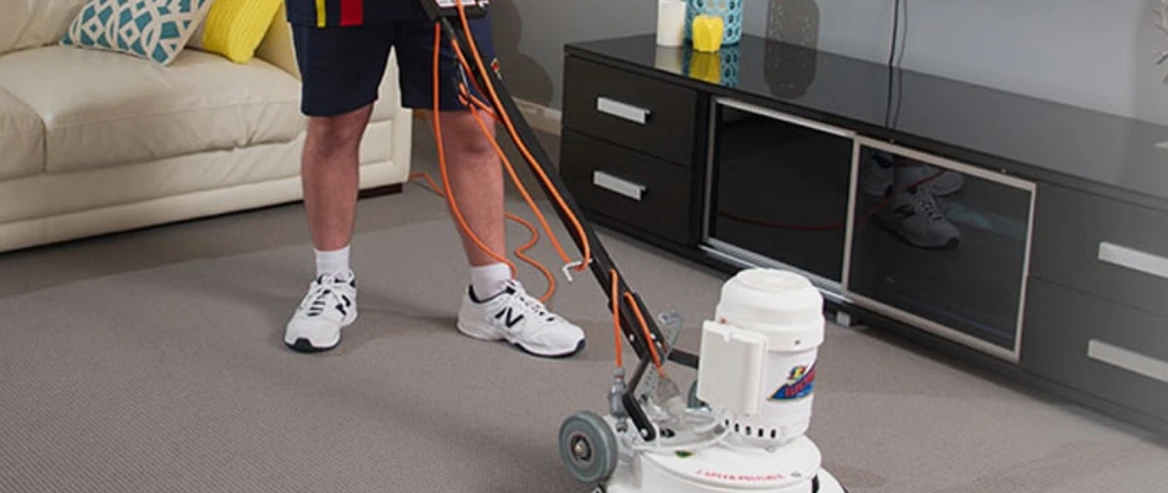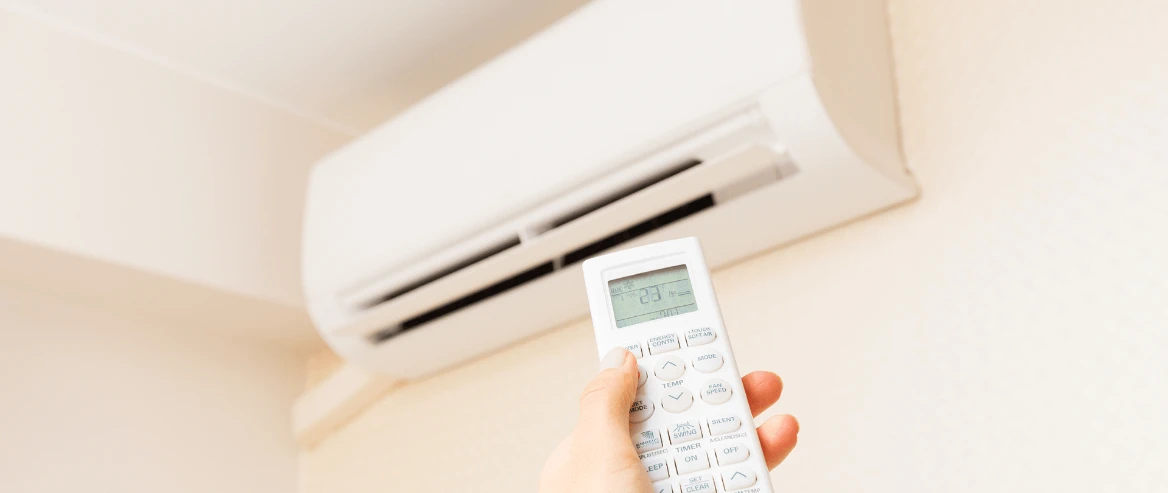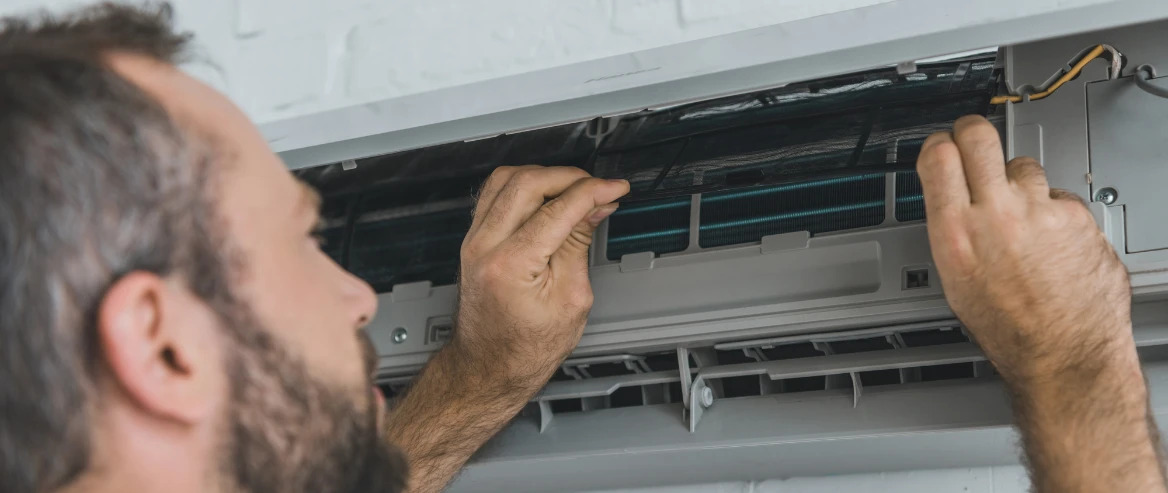5 Ways to Save On Your Heating Bill This Winter
Published on Jul 20, 2022 | Updated - Jun 14, 2023

Winter has officially started.
And as you dust off the heater or switch your air-conditioner to heat mode, rising electricity costs mean you’re likely looking for ways to keep your heating costs down this season.
These are our 5 hottest tips.
5 Ways You Can Keep Your Home Warm and Bills Low
Saving money on your heating bill doesn’t mean you have to shiver through winter. You can be comfortable and energy efficient using a few of these pointers.

Tip #1 - Warm yourself first
At the risk of sounding like your parents when you were a child, before you turn on the heating, ask yourself if you really need to.
We have become so accustomed to putting on the heater the moment we feel cold. Check what you’re wearing first or grab a cosy blanket to make a big difference.
Wearable or weighted blankets are a popular choice too – keep an eye out for sales, however, as these can get pricey.
While some winter nights certainly call for more, an additional coat, warm socks or slippers and even a comforting cup of tea could be all you need.
Rugs are a good idea on hard floors too. A good rug will insulate the cold boards and provide another comfy area to relax on while watching your favourite show.
Tip #2 - Keep the heat in
So, you’ve made the decision to turn the heater on – it’s important to make sure that you are retaining the warmth. Every degree you increase adds to your bill!
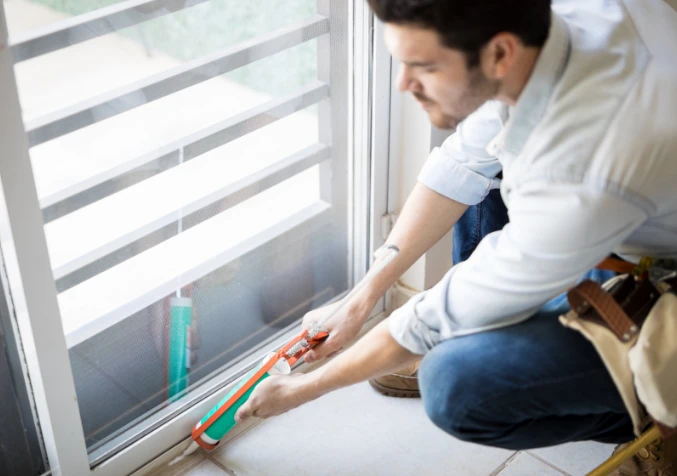
Close the doors or vents of any rooms you aren’t using to guarantee you aren’t wasting energy. Double-check that all of your windows are closed completely.
Even with them closed, heat could still be escaping through them. Did you know that up to 40% of your home's heating energy may be lost through your windows?
Check windows and seals for any cracks, which may be letting chilly air into your home. Your best time for doing this is on a windy day. One site we researched suggested putting a piece of paper into a closed window. If the paper is blowing, you have a draught.
Window caulking around the outside perimeter of the window is a simple and inexpensive step for keeping out winter draughts. Check the interior trim as well.
If you’re not DIY-er, weather seal tape or draught strips are a little easier to install. They are made from foam or rubber with an adhesive backing that goes inside the doorjamb or window frame.
Your windows can also be insulated by utilising window insulation kits, which entails the application of a film over your windows that acts like double glazing. You can expect to pay between $30 and $60 for a kit for one window from hardware stores or online.
You should also think about buying a door snake to keep the chilly air from coming under your doors – these are just $4 from Woolworths.
Tip #3 - Maintain and use your air conditioner correctly
You should be getting your heater serviced professionally to ensure that it is working effectively.
You should be cleaning your air conditioner’s filters regularly. However, a professional air conditioner clean can dramatically increase the efficiency of your air conditioner.
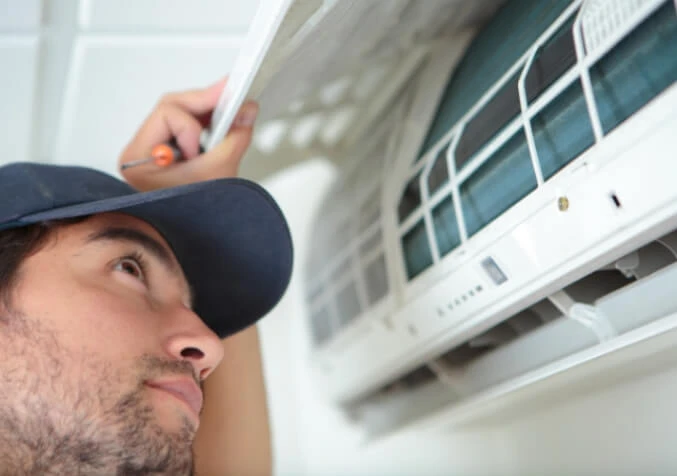
Air conditioner cleaning improves airflow and cooling/heating performance, so the unit has to work less and for a shorter period of time to get the same heating/cooling result.
In fact, a professional Electrodry Air Conditioner Clean means your heating performance is increased by up to 4⁰C and up to 22% less power consumption.
How you use your air conditioner matters too.
As tempting as it can be to turn the heating temperature up high, each degree of extra cooling or heating increases your energy usage by up to 10%.
Try not to turn your temperature any higher than 22 degrees during winter.
Even then, aim to turn the temperature down a degree or two once the room has warmed.
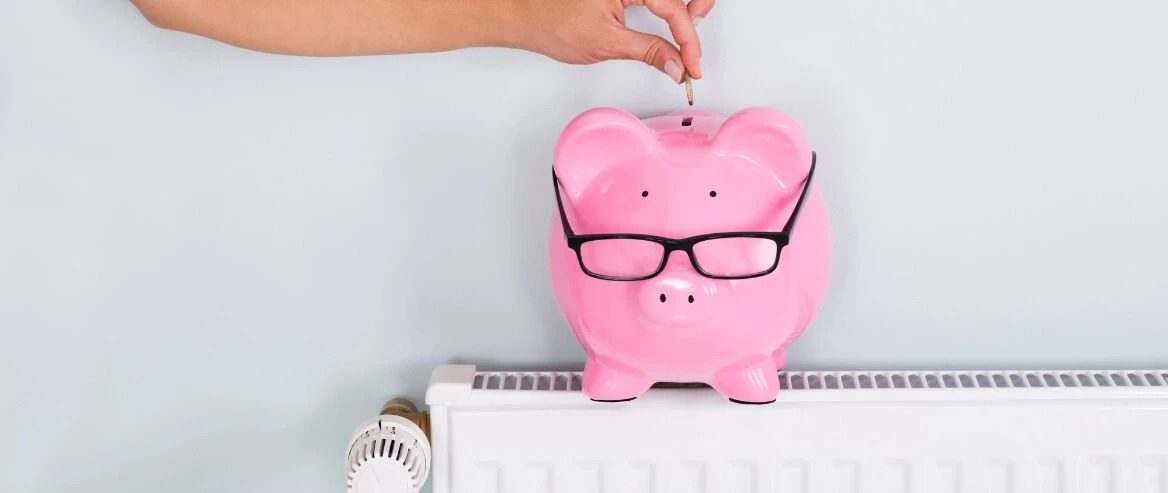
RECOMMENDED READING
4 Simple Ways to Save Money at HomeTip #4 - Capitalise on curtains
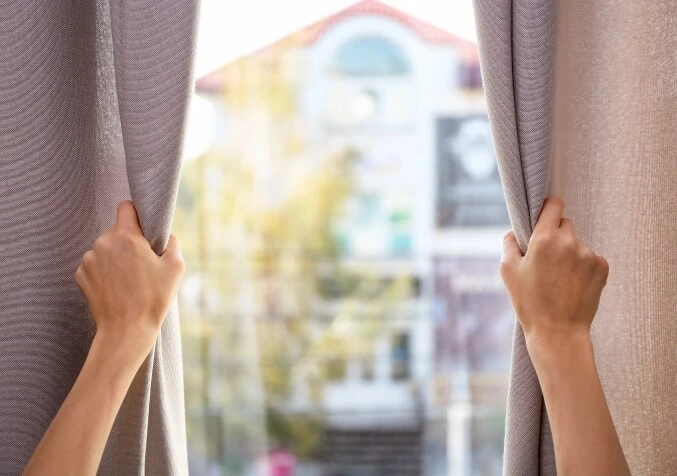
Heavy, lined curtains can do a wonderful job of keeping warmth in. They are relatively simple to install and can be purchased from stores like Bunnings, Spotlight, Ikea or online.
For maximum effect, adding a pelmet (framework placed above a window, used to conceal curtain fixtures) will stop the warm air from escaping through the top of the windows.
Tip #5 - Make the most out of the time of day

Use what Mother Nature provides to keep your home warm. If there is any winter sunshine throughout the day, be sure to open up your curtains or blinds.
Sunlight is mostly ultraviolet radiation that transfers through the glass and when it hits an object, becomes radiant heat, warming the room. Make the most of the natural heat by keeping curtains and blinds open.
This will work especially well for north-facing (for the morning sun) and west-facing (for the afternoon sun) windows. South-facing windows won’t catch much sunlight.
Remember to close them up as soon as dusk hits to keep that warmth in as much as possible.
Keeping the windows a little open when there is some sunlight around can help repel dust mites as well, which are known for being worse during the colder months.
More Tips to Keep Your House Warm During Winter
- Double glazing your windows can make an impressive difference, but it can be an expensive job.
- Another more expensive option is installing insulation. Chris Barnes, CHOICE's home-heating expert says that average households that install wall, floor and ceiling insulation can save hundreds of dollars on energy costs each year. The initial outlay for ceiling insulation, for example, ranges from $3,000 to $5,000 depending on your home’s size, but it will pay off in both year-round comfort and cost savings in the long term.
- Don’t use outdoor gas heaters indoors, and don't use gas stoves or cooktops as heaters – they give off too much carbon monoxide.
- Did you know that you can turn your ceiling fans on reverse? Many models have a reverse switch that makes the blades turn anti-clockwise, pushing warm air from your heating system down towards the floor and around your home.
